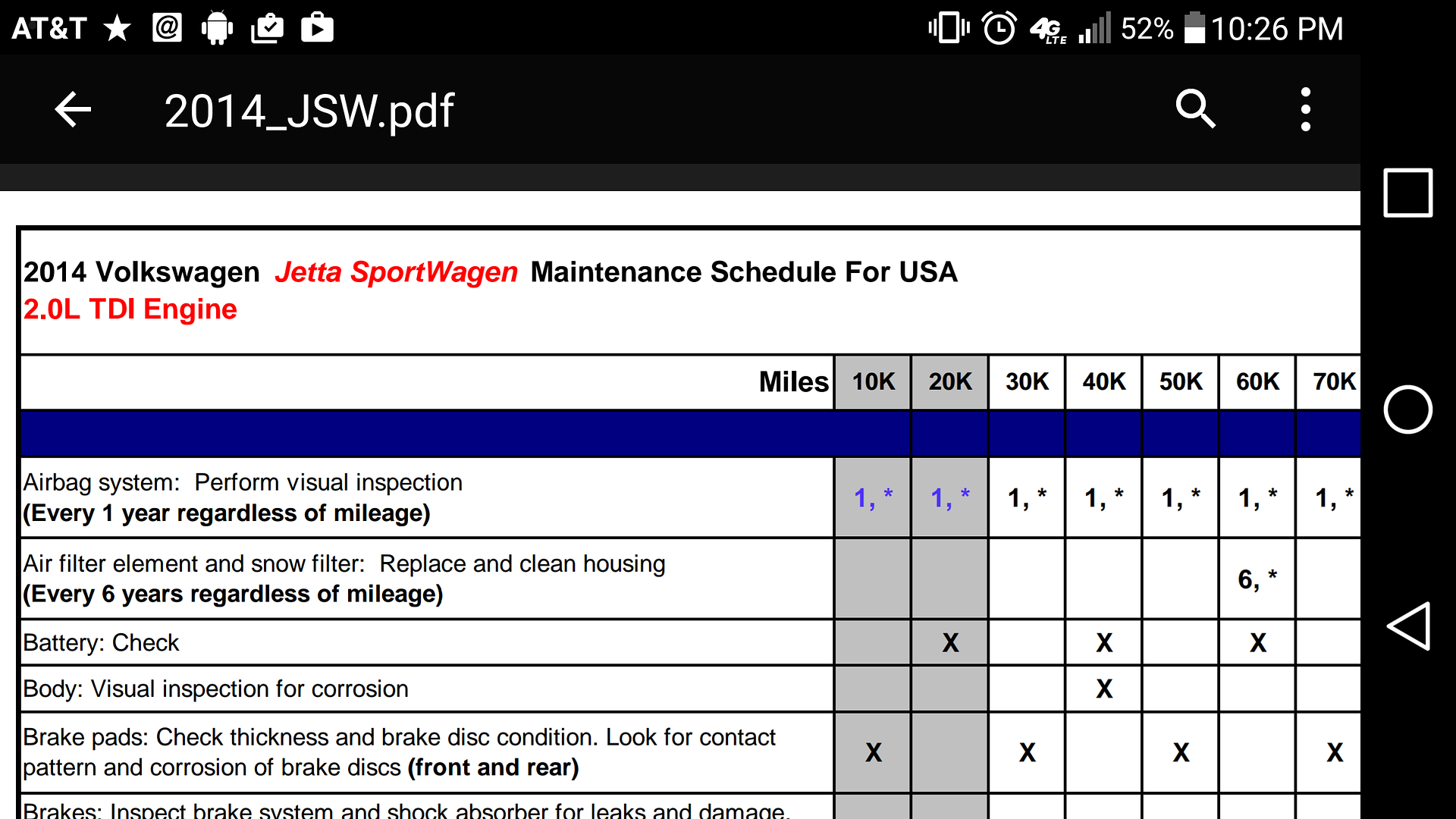Originally Posted By: slybunda
Why only on wot and not when normal driving
Why does it richen the mixture under full throttle? Mostly to avoid detonation. Stoich for gasoline is 14.7:1. Under light load most cars are in that neighborhood. Under full throttle naturally aspirated cars will be anywhere from 14.7-13.0. Turbo cars sometimes go as rich as 11:1.
The simple explanation of how a fuel injected engine controls the mixture is this: The MAF measures the mass of air entering the engine. The ECU has a target air fuel ratio (AFR) for any and every operating parameter. It sees the mass of air entering and it calculates how much fuel to add to hit the desired AFR. It checks its calculation with the 02 sensors and applies correction as necessary. This correction (+- some percent in fuel) is displayed in the block learn and integrator for the older people or short and long term fuel trims for the newer people and cars. It's really easy, checks and balances. A calculation of how much fuel to add based on the air entering the engine and checks itself post combustion with the 02 sensors.
You can look at your fuel trims and see if the ECU is always having to add or subtract fuel as compared to the original calculation. If it's adding fuel it means the original calculation produced a lean condition and it's compensating by adding xx% fuel to the base calculation. The opposite is true if the number is negative.
The TPS, among other things, acts like the accelerator pump of a carburetor. When you first open the throttle, it signals the ECU and the ECU sends a squirt of fuel just for a second to avoid tip in stumble. This is usually done independent of the other AFR calculations going on.
Injectors are pulsed to deliver fuel. We usually try to keep them at or below 80% DC. There's usually a lot of headroom but once you have enough additional air over stock, you need to go with bigger injectors. Tne ECU must be scaled back (lower pulse width) for the bigger injectors or it will have massive drivability problems. Some do this by tricking the MAF to deliver a lower signal and trick the ECU into scaling back the pulse width. Some reprogram the ECU to work with the bigger injectors.
There are also the Speed Density setups which I hate. My Acura uses this setup. Go figure, the "advanced" Japanese use an inferior fuel injection setup, are the only ones I know of that still require valve adjustments, and have the oldest and most out of date variable valve timing and lift on the market. I love the car and it all works well but I'm glad its stock.
Anyway, Speed Demsity does not use a MAF meter. It doesn't measure the mass of air entering the engine. It calculates (vs measuring) how much air it's using using with RPM, load (throttle position and manifold vacuum MAP), and charge air temperature being the big ones for the calculation. Then it's business as usual. It now knows how much air is entering the engine (assuming everything is stock) and calculates the amount of fuel needed to hit target AFR and checks itself using the 02 sensors.
Stock to stock there's no huge advantage to either. When you begin modding the engine, the MAF setup is much more friendly. The MAF meter sees the additional airflow and it's business as usual. They can usually but not always read a good bit higher than the stock engine needs. There are no problems until you peg the MAF meter out. Then you're basically Speed Density after that point. The Speed Density setup on the other hand has no idea you've modified anything since it's not measuring the air and you end up running lean because you're flowing more than expected air. The good part is the 02s check what's going on so up to a certain point, they will ask the ECU to add the necessary fuel to get rid of the lean condition. Once you run out of the 02 sensors' range of compensation you're SOL.
Most MAF equipped cars have the capability of running in SD mode. All of the sensors are already there so if the MAF sensor fails it can run in SD mode as a backup.
When it comes to air filters and mpg, there's no correlation. The throttle body's purpose in life is to restrict airflow before the engine. This is how the power output is throttled. If a restrictive filter just upstream of the throttle body hurts mpg, then the car would get its worst mileage when its idling and best at WOT where restriction is at its lowest. The air filter does not affect mpg on a fuel injected car. Only power is affected and power is only affected at or near full throttle.

